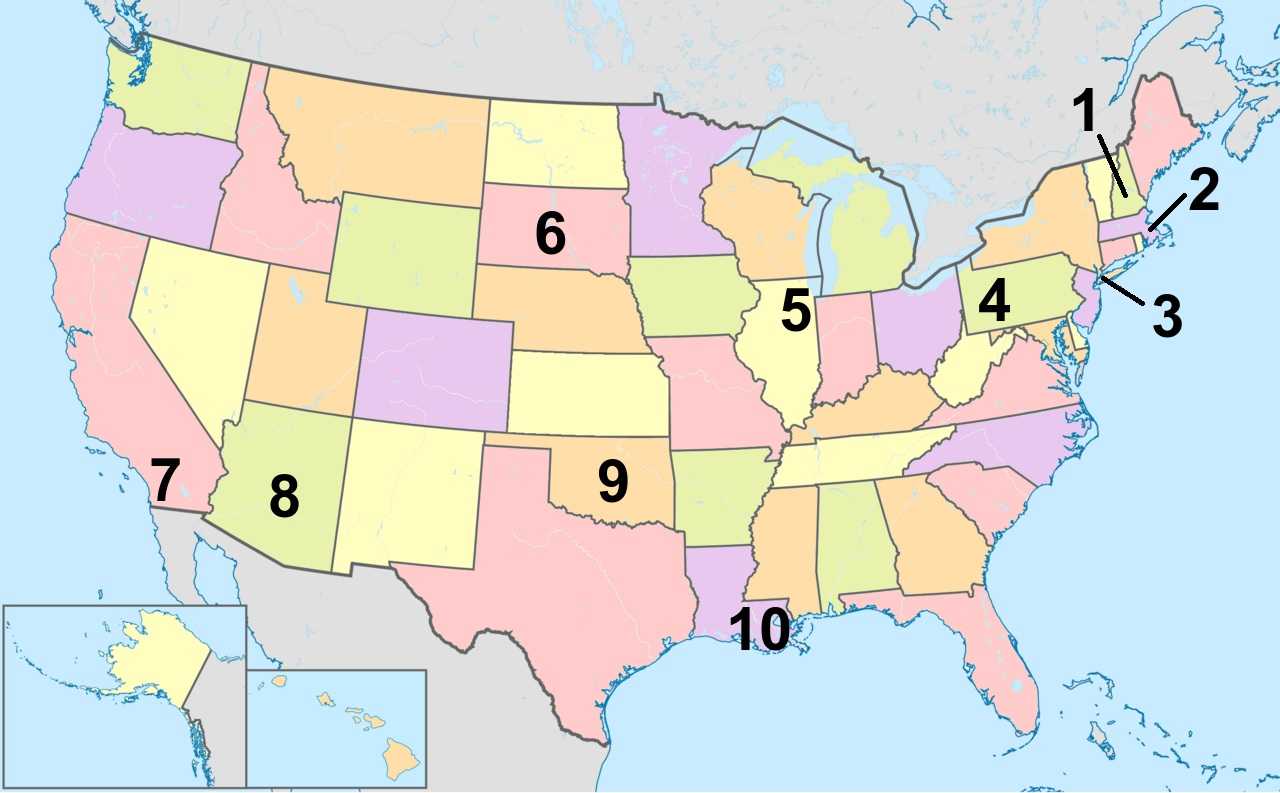
The Play's the Thing Trivia Quiz
Theatrical Settings
As the curtain is raised and the stage is revealed, you are immediately transported to the world created by the playwright. But, how well do you remember where and when these plays were set? For this quiz, at least, only the locations count. Enjoy!
A label quiz
by reedy.
Estimated time: 3 mins.
- Home
- »
- Quizzes
- »
- Humanities Trivia
- »
- Theatre
- »
- Plays Mixture
